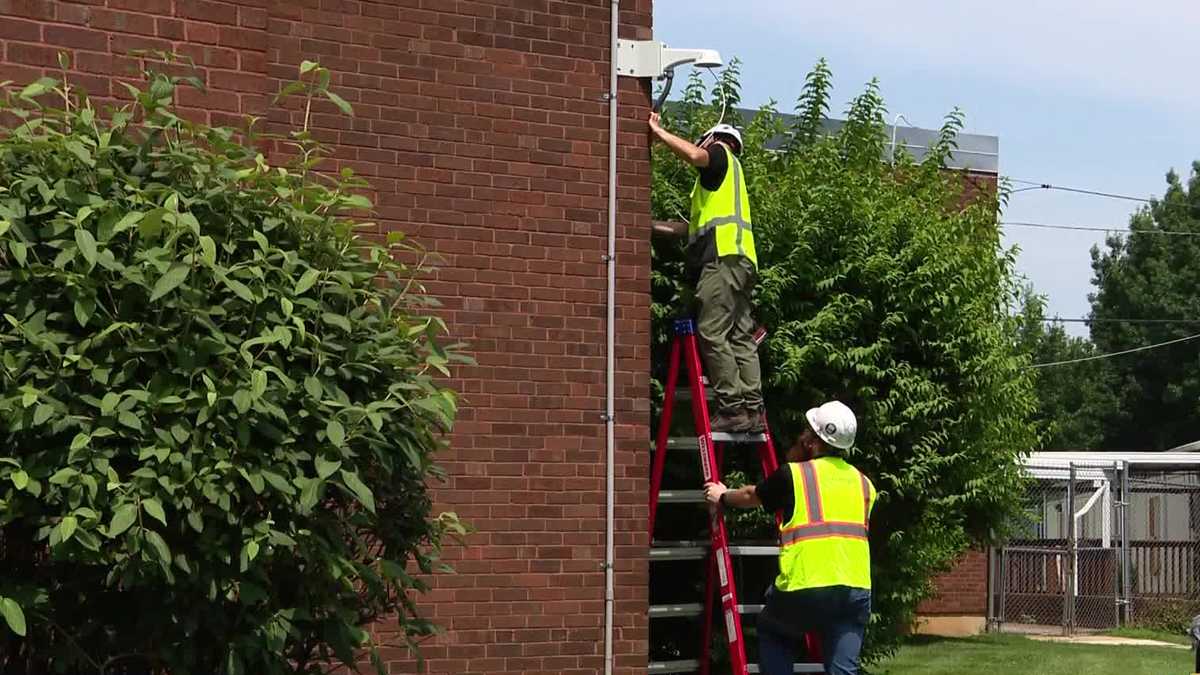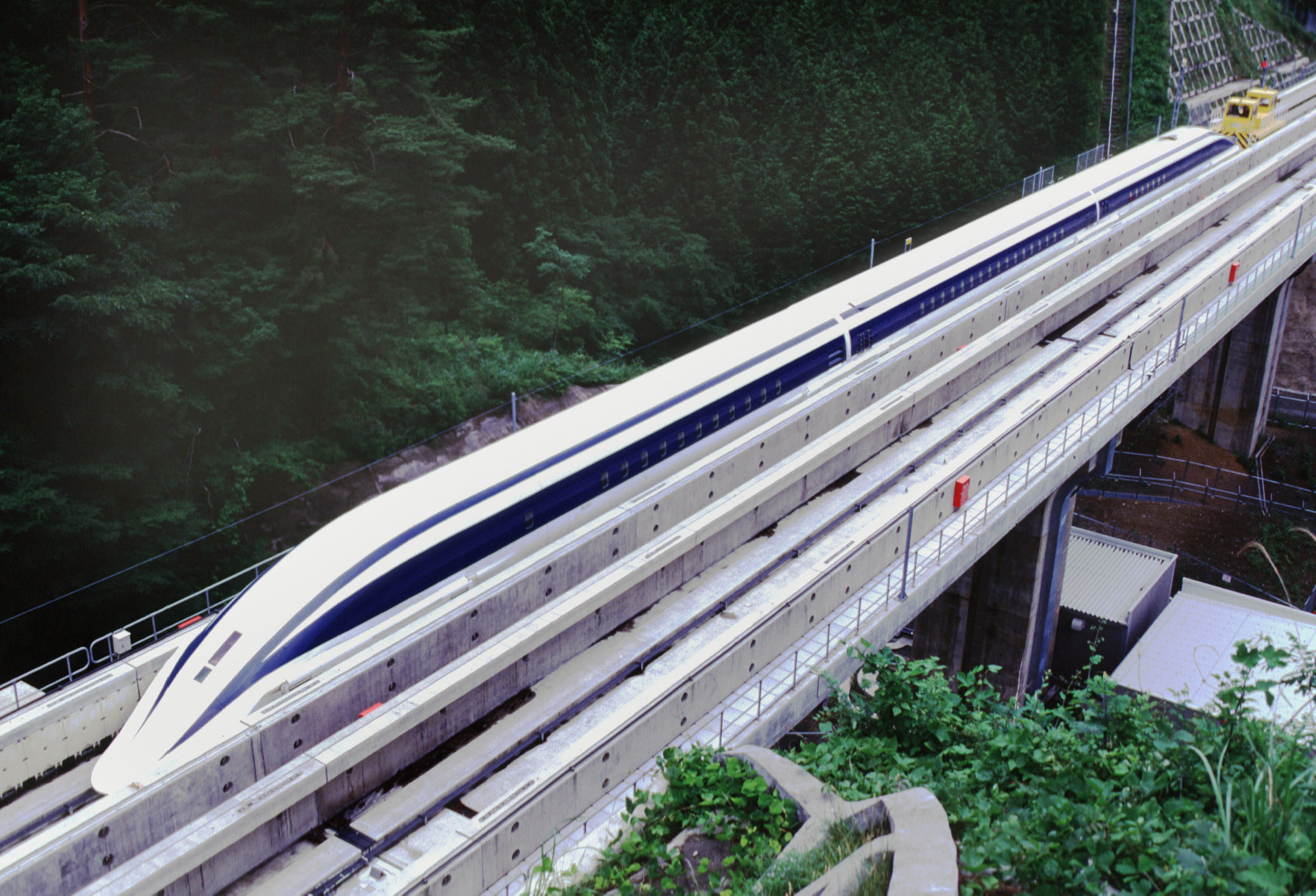Tesla Autopilot Safety Report Sparks Debate: Are Driverless Claims Overstated?
2025-08-05

The Cool Down
Tesla's latest quarterly Autopilot safety report for Q2 2025 has ignited a heated discussion within the automotive and technology communities. While Tesla touts advancements in its driverless technology, the report's findings are drawing scrutiny from industry experts and online commentators, with many questioning the validity of the data and raising concerns about potential safety risks.
The report, released recently, details Tesla's ongoing efforts to improve the safety of its Autopilot system, which is a core component of its ambitions for fully autonomous driving. It includes data on disengagements – instances where the driver had to take control of the vehicle – as well as metrics related to collisions and near misses. However, the way Tesla presents this data has become a point of contention.
Critics argue that Tesla's methodology involves 'cherry-picking' data, selectively highlighting positive results while downplaying or omitting concerning incidents. The selection of specific scenarios and the manner in which data is aggregated are being questioned, leading some to believe that the report paints an overly optimistic picture of Autopilot's capabilities. One prominent expert stated, “I’m not a fan of the cherry-picked data. It doesn't give a complete and honest assessment of the system’s performance.”
The debate extends beyond the data itself. Concerns have also been raised about the reliance on driver intervention, even in scenarios where Autopilot is engaged. While Tesla emphasizes that Autopilot is intended to assist drivers, not replace them, the frequency of disengagements suggests that drivers are still required to remain highly vigilant and prepared to take control at any moment. This raises questions about the true level of autonomy achieved and the potential for human error to contribute to accidents.
Furthermore, the report's focus on comparing Autopilot's performance to that of human drivers has also been criticized. While such comparisons are valuable, some argue that they fail to account for the unique capabilities of Autopilot, such as its ability to operate consistently and without fatigue. A more nuanced approach, comparing Autopilot's performance against a range of driving conditions and scenarios, might provide a more accurate assessment of its safety.
The controversy surrounding Tesla's Autopilot safety report underscores the challenges of developing and deploying driverless technology. While significant progress has been made, it's clear that there are still substantial hurdles to overcome before fully autonomous vehicles can be safely and reliably integrated into our roads. Transparency, rigorous testing, and independent verification of data are crucial to building public trust and ensuring the safety of this transformative technology. The ongoing debate will likely shape the future of autonomous driving regulations and the development of safer, more reliable self-driving systems. It highlights the need for continuous scrutiny and improvement in the pursuit of truly driverless vehicles.
Ultimately, the Tesla Autopilot safety report serves as a reminder that the road to full autonomy is paved with challenges and requires a commitment to data integrity and public safety. The discussion sparked by this report is a vital step in ensuring that this technology is developed responsibly and benefits society as a whole.






